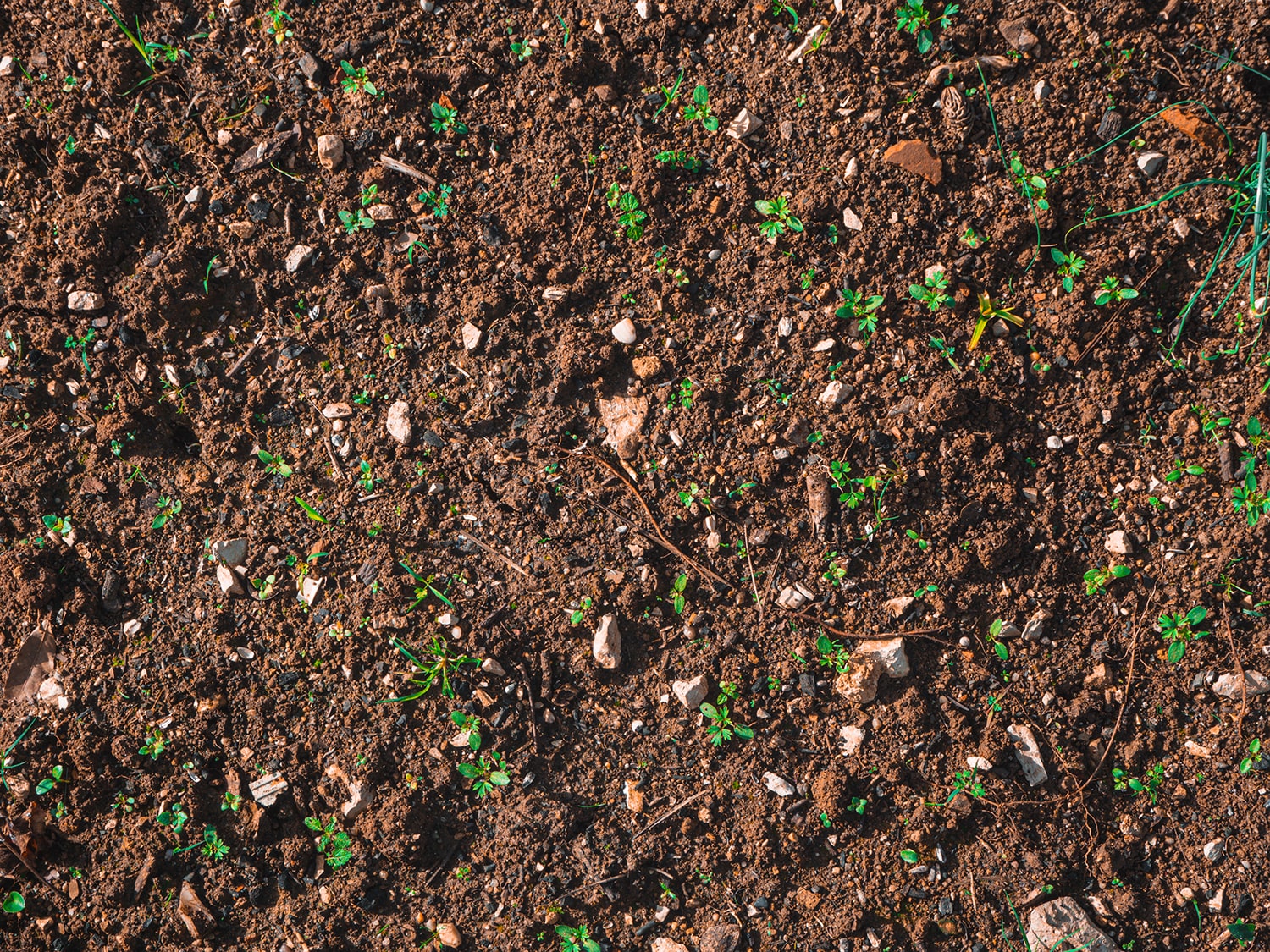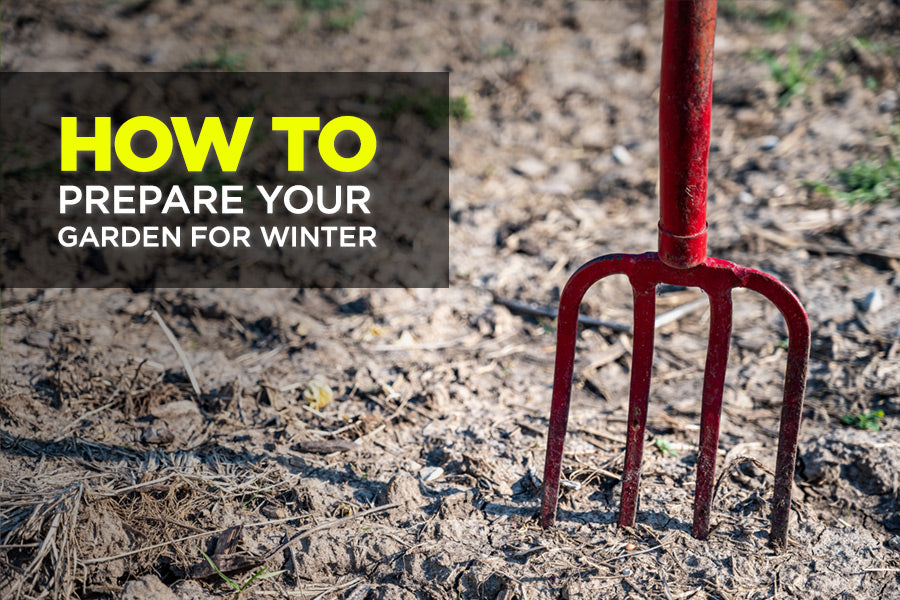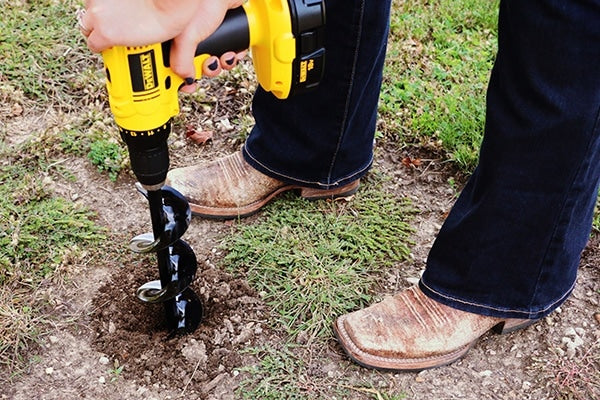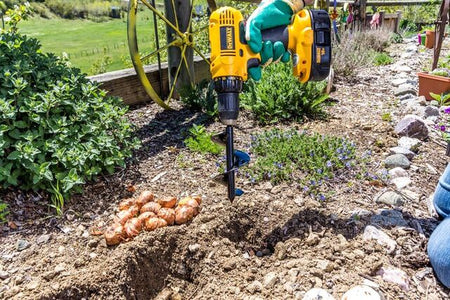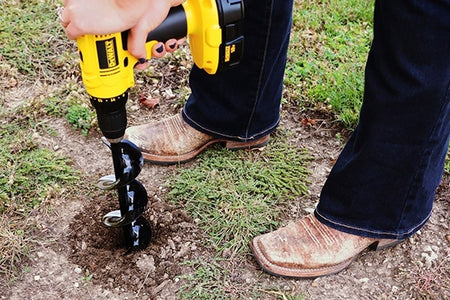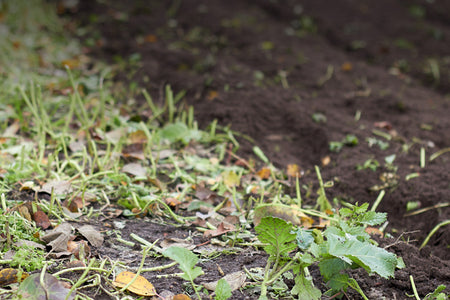As the summer winds down, so, too, does the desire to work in your garden. It’s time to relax inside and plan for next year’s planting season, right?
Not so fast. Garden prep for winter now and you’ll have nutrient-rich soil and fewer weeds come spring. To best prepare your garden for winter, try these tips:
1. Remove diseased plants
You can leave dead plants in your garden to add nutrients to the soil, reduce erosion, and even provide homes for overwintering pollinators. But those with bacterial or fungal diseases spread pathogens to the rest of your garden. (To spot these diseases, look for black spots or powdery or grayish mildew on your plants’ leaves.) Simply pulling them and leaving them in your garden or adding them to your compost pile will not protect your healthy plants from contamination. You need to burn the diseased plants or throw them in the trash.
2. Cover your garden beds
Adding compost to your garden beds in late autumn before the ground freezes allows the soil to soak nutrients during the long winter months — and reduces soil erosion and weed development. Just add a couple of inches of compost on top of your garden beds followed with a light layer of straw or mulch. You can also sow cover crops — like rye or alfalfa — to improve soil health and help control pests and diseases. Think of cover crops as a living mulch.
3. Test and amend your soil
A soil test tells you the type of soil you have, including its pH levels. The more you know about the general health of your soil, the better equipped you’ll be to improve the soil with the right nutrients and organic soil amendments, like aged manure and decomposed leaves. Plus, many plants have a hard time absorbing nutrients in acidic or alkaline soil. You’ll also be able to better protect your garden from polluted runoff and prevent plant disease — saving you both time and money.

Simply take a sample of soil from a few different locations in your garden (about six inches below the surface should do the trick) using an earth auger to dig evenly spaced holes. Augers loosen the soil quickly and efficiently, eliminating unnecessary strain. Once you collect your samples, remove stones and debris and let them air dry before taking them to your local cooperative extension service office. You can also order an at-home soil testing kit, but it may be less accurate than lab testing.
4. Prune perennials
The best part about proper garden preparation for winter is that you get to play with plants one last time.
Prune roses, shrubs like abelias and beautyberries, and perennials like bronze fennels, catmints, goldenstars, and mountain bluets in the late fall/early winter. These plants (as well as others like peonies and meadow rues) are less visually appealing after the first frost since their foliage is brown or black and their stalks are bare.

5. Divide bulbs
Late fall/early winter is a great time to divide and plant spring bulbs (e.g., daffodils and crocuses) because that’s when their foliage dies back naturally. However, the bulbs need foliage to store energy for next year’s growth, so they need to be dug up, divided, and replanted. After the bulbs’ leaves have died, dig up the bulbs with an auger, pry off the child bulbs, and squeeze the parent bulb to ensure it’s not squishy and can be replanted. Then, replant your parent bulbs where they were and relocate your bulbets — using your auger — to a new spot.
Garden prep for winter doesn’t have to be time- or labor-consuming. Using the right tools and putting in the work now results in a more lustrous, manageable garden next spring.

